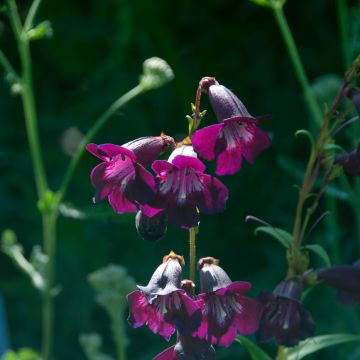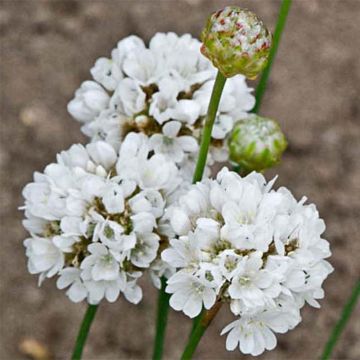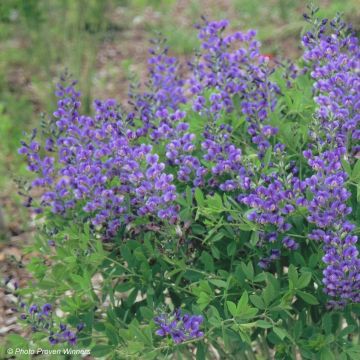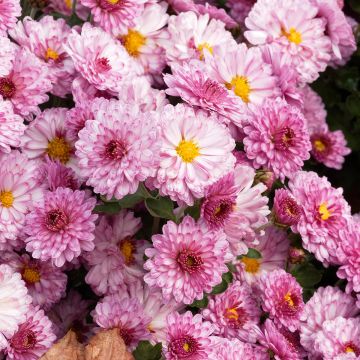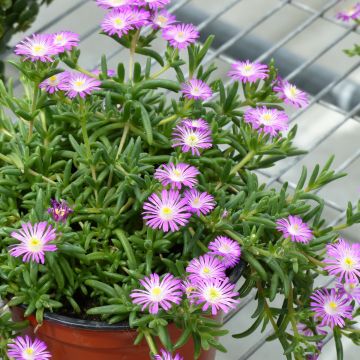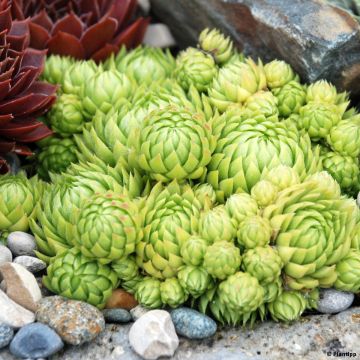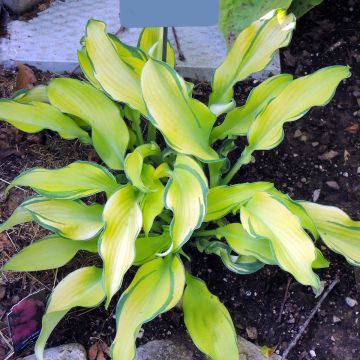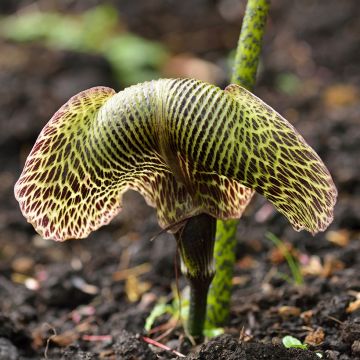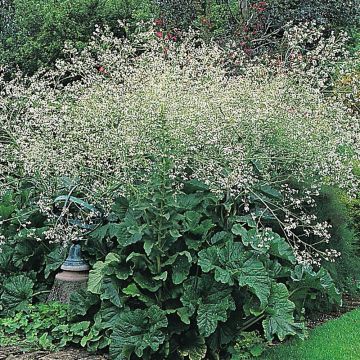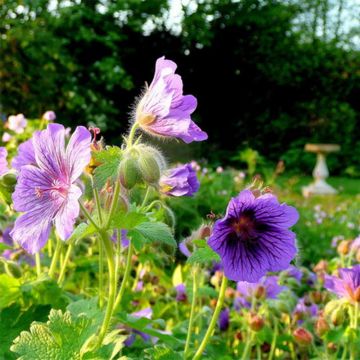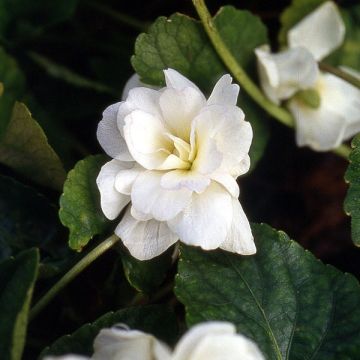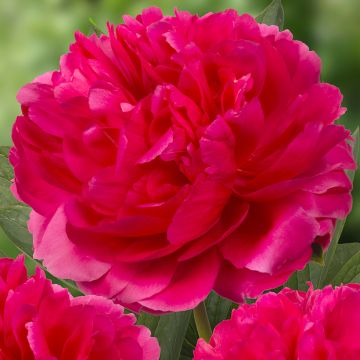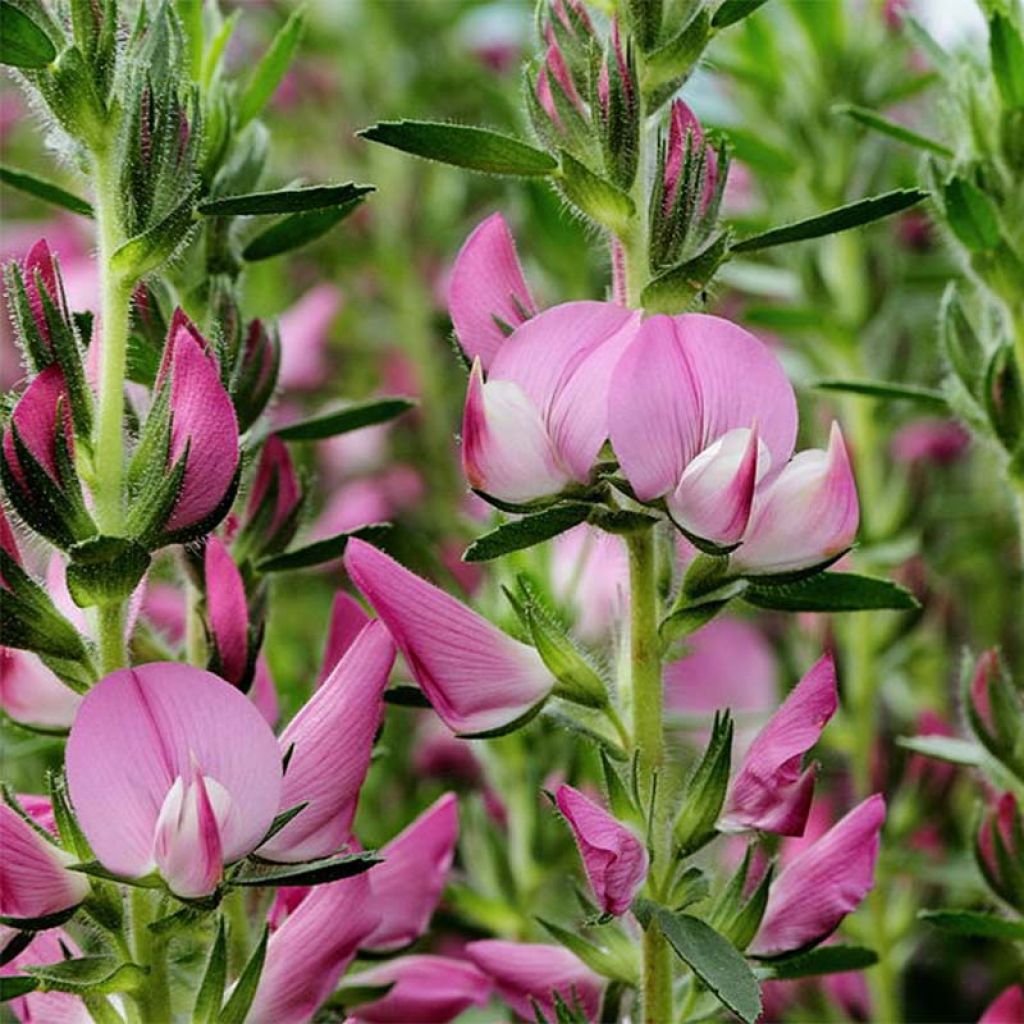

Ononis spinosa - Bugrane épineuse.
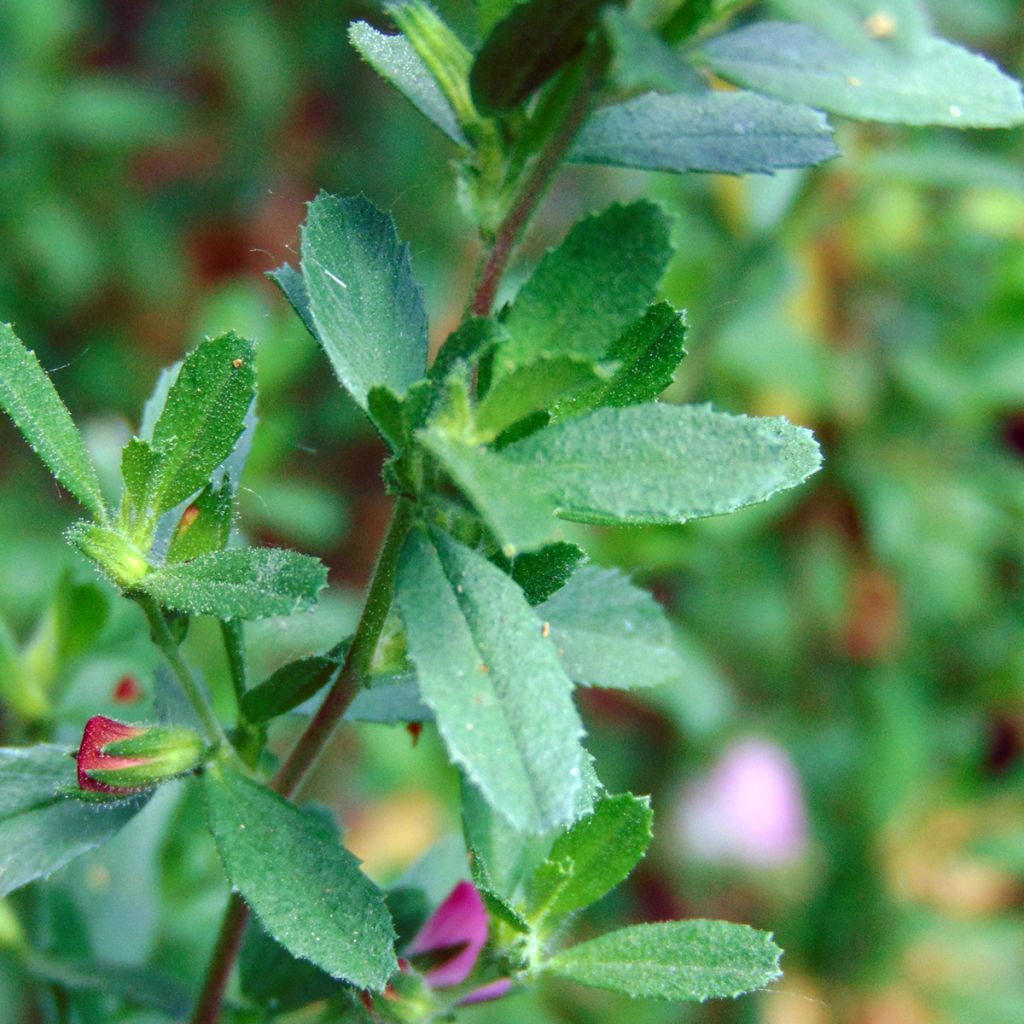

Ononis spinosa - Bugrane épineuse.
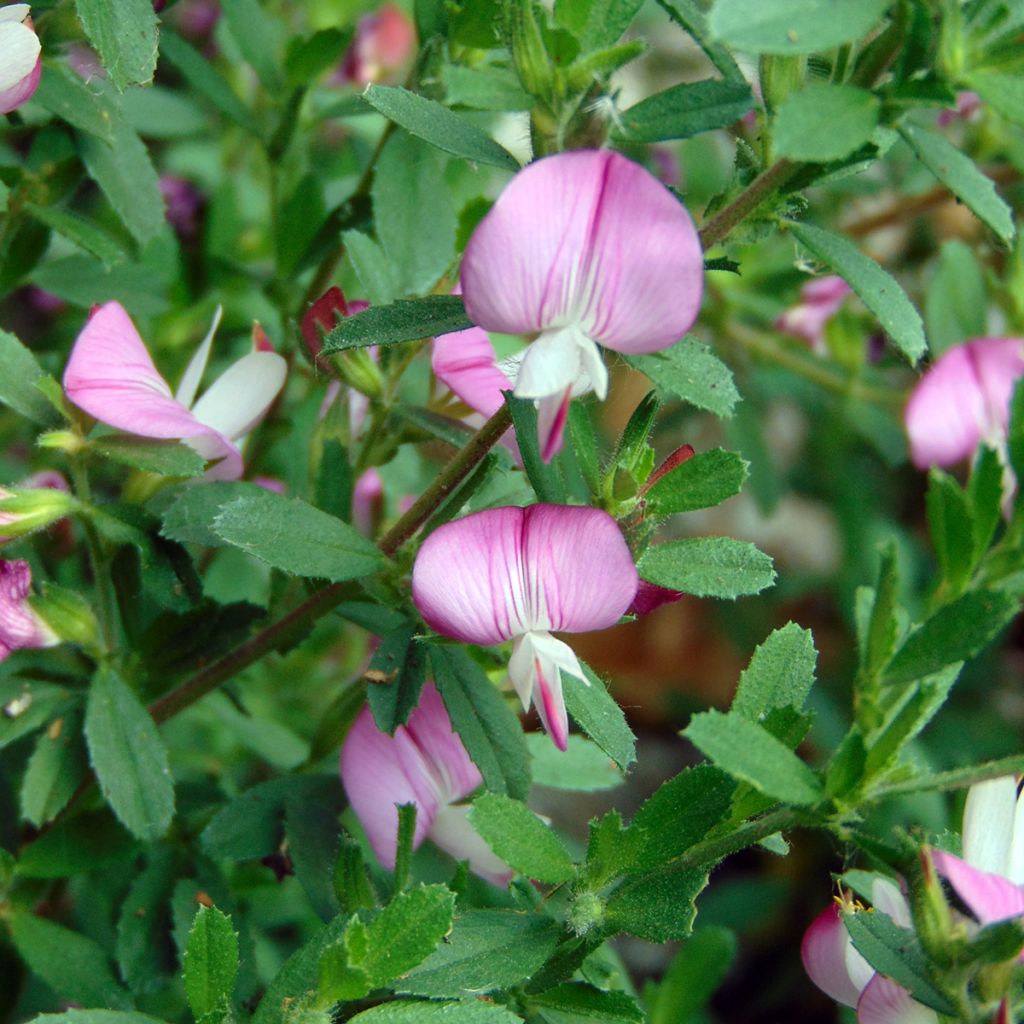

Ononis spinosa - Bugrane épineuse.
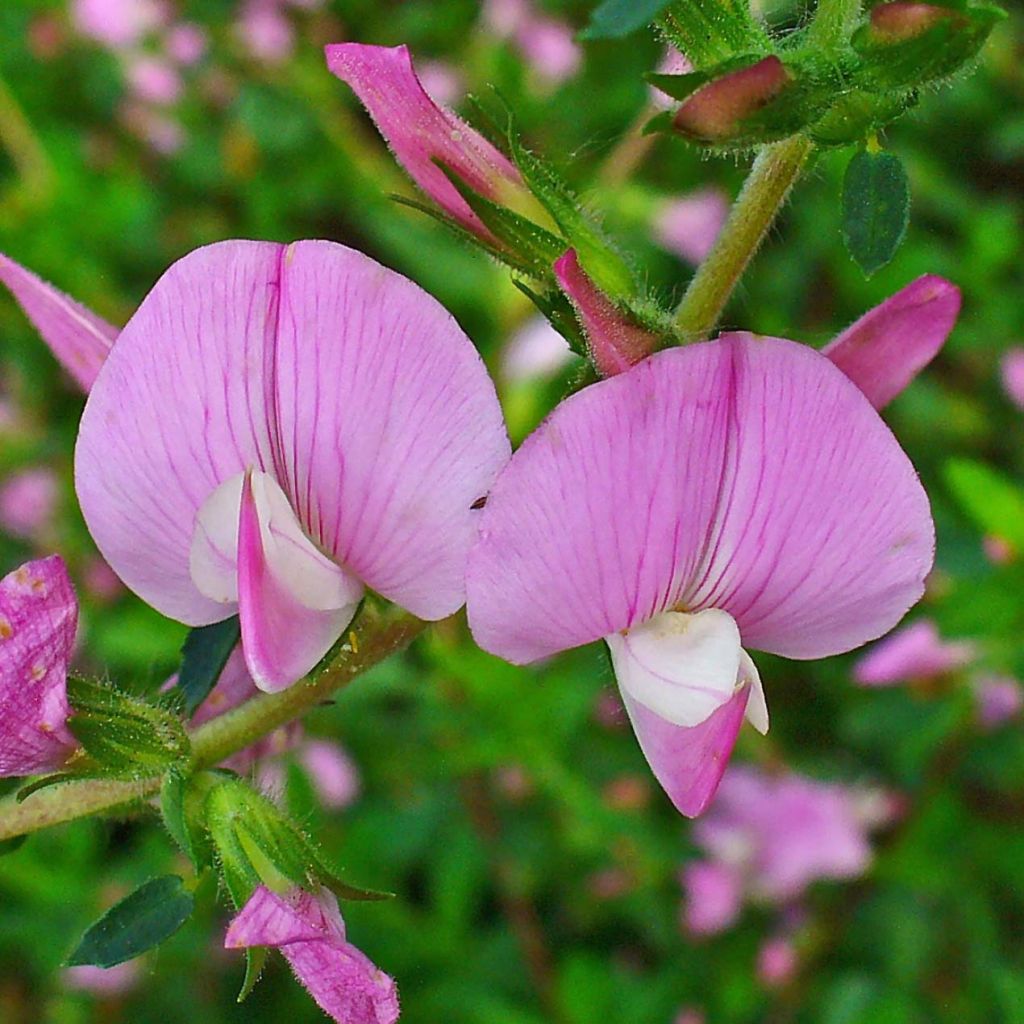

Ononis spinosa - Bugrane épineuse.
Ononis spinosa
Ononis spinosa
Spiny Restharrow, Restharrow, Cammock
The plant is very pretty but be careful, it's very prickly (when you have to remove a weed underneath: ouch!) But by the end of winter, there's nothing but dead wood...
Monique, 11/04/2024
Special offer!
Receive a €20 voucher for any order over €90 (excluding delivery costs, credit notes, and plastic-free options)!
1- Add your favorite plants to your cart.
2- Once you have reached €90, confirm your order (you can even choose the delivery date!).
3- As soon as your order is shipped, you will receive an email containing your voucher code, valid for 3 months (90 days).
Your voucher is unique and can only be used once, for any order with a minimum value of €20, excluding delivery costs.
Can be combined with other current offers, non-divisible and non-refundable.
Home or relay delivery (depending on size and destination)
Schedule delivery date,
and select date in basket
This plant carries a 12 months recovery warranty
More information
We guarantee the quality of our plants for a full growing cycle, and will replace at our expense any plant that fails to recover under normal climatic and planting conditions.
Would this plant suit my garden?
Set up your Plantfit profile →
Description
Ononis spinosa is a beautiful wild plant. It is well known for its medicinal properties but is rarely used in gardens despite the ornamental value of its summer flowering. Its ability to grow in difficult soils, where few plants can thrive, is also a great asset. This spiny subshrub produces charming pea-like flowers, usually pink-violet, sometimes white or lilac. With its deep-rooted system, it offers exceptional resistance to ploughing and is also known as "stop-ox". Give it what it likes: a poor and stony slope, even clay-limestone soil, or sandy soil, and plenty of sun.
Once widespread in Europe, Asia Minor, and North Africa, Ononis spinosa is a plant of the Fabaceae family that has become rather rare, probably due to the disappearance of its natural habitat consisting of dry meadows, roadside edges, cultivated fields, as well as sandy dunes or peat areas. This plant shows a clear preference for calcareous, clayey, or sandy, poor, and dry soils. Restharrow forms a bushy tuft, a bit tousled, up to 40 to 50cm (16 to 20in) high (sometimes much more) and 50 to 60cm (20 to 24in) wide when mature. It develops from a woody stump anchored to a powerful, acrid-smelling taproot that penetrates deeply into the soil. It is this root, rich in saponins, that is used in herbal medicine. Flowering occurs from June to August. The pink, papilionaceous flowers are gathered in leafy, pendulous inflorescences. They are followed by somewhat hairy pods. The plant develops reddish stems that are partly erect and partly prostrate, showing two hairy lines and bearing thorns. The leaves are divided into 3 small, toothed, hairy leaflets, dark green in colour.
Ononis plants can sometimes be difficult to acclimatize in the garden if the preferred conditions are not met, namely: a very sunny exposure and a well-drained soil, especially in humid climates. Considered rightly as a green manure and soil fixer, it will find its place in a wild garden, a dry garden, a garrigue-like slope, or a sunny rockery. It is also useful for decorating the degraded areas that often surround newly built houses. It looks stunning alongside Callirohe involucrata, the magenta-flowered Poppy Mallow, blue or white lavenders, or Cerastostigma griffithii. It also pairs well with Amorpha canescens, Malvastrum lateritium, or Teucrium chamaedrys, which appreciate the same growing conditions.
Depending on the region, this pioneer plant is also called "donkey herb", as donkeys seem to enjoy scratching their backs on its thorns.
Report an error about the product description
Ononis spinosa in pictures
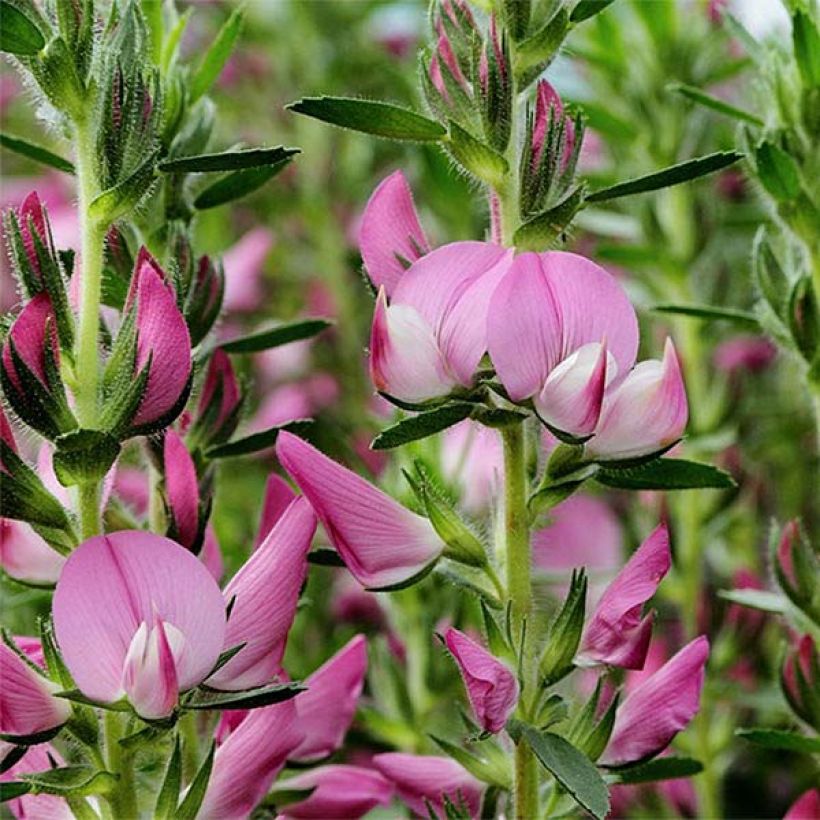

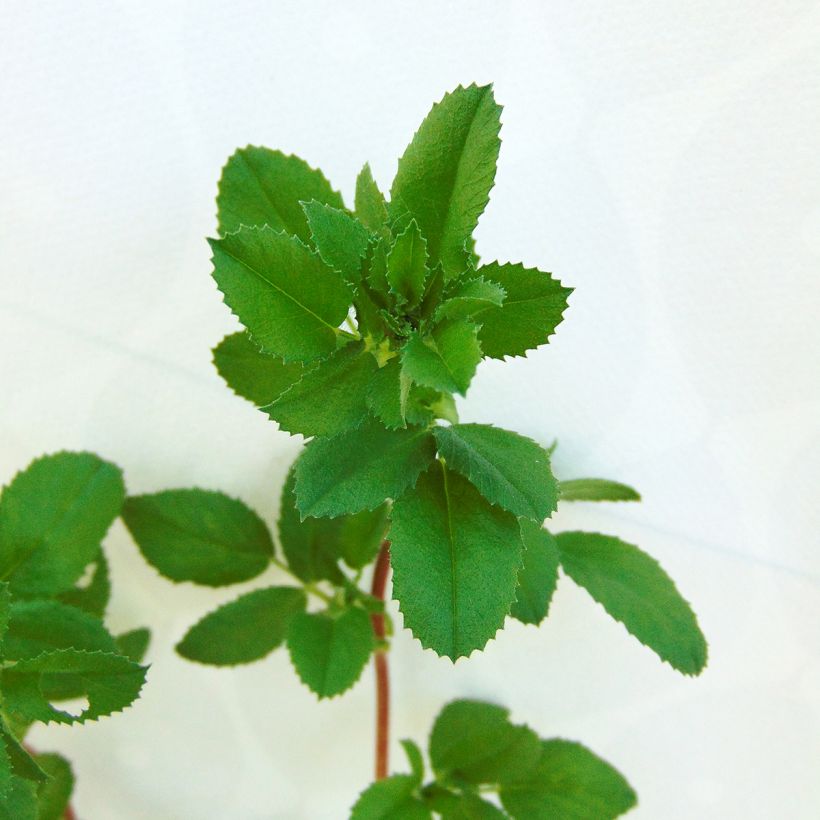

Flowering
Foliage
Plant habit
Botanical data
Ononis
spinosa
Fabaceae
Spiny Restharrow, Restharrow, Cammock
Western Europe
Other Perennials A to Z
View all →Planting and care
Growing Ononis spinosa requires some precautions. Choose a very sunny exposure and a rather chalky (or basic), sandy, stony or clay-limestone soil in a dry climate. The more humid the climate is, the poorer and more filtering the soil should be. Its powerful taproot does not appreciate transplantations that could damage it; therefore, choose its location carefully, to allow the plant to settle and not disturb it anymore.
In the first year of cultivation, the plant may appear to be vegetating, which is normal, as its root system spreads deeply into the soil. Add a small handful of phosphate fertilizer (it stimulates root growth) that you will mix with the soil at the time of planting. Add 1/3 sand and 1/3 gravel to heavy soil to ensure very good drainage. Water moderately in the first year. In the second year, the plant will be established, will not require any special care, and will be able to flower profusely for several years! This short-lived plant has few enemies, except for oxygen-deprived soil and lack of sunlight.
Ononis plants have a reputation for being somewhat temperamental perennials, but they are extremely sturdy where they thrive. Their propagation is quite delicate; sowing is often random, plant division is impossible, and cuttings are almost doomed to fail, as is the case with most legumes.
Planting period
Intended location
Care
Planting & care advice
-
, onOrder confirmed
Reply from on Promesse de fleurs
Similar products
Haven't found what you were looking for?
Hardiness is the lowest winter temperature a plant can endure without suffering serious damage or even dying. However, hardiness is affected by location (a sheltered area, such as a patio), protection (winter cover) and soil type (hardiness is improved by well-drained soil).

Photo Sharing Terms & Conditions
In order to encourage gardeners to interact and share their experiences, Promesse de fleurs offers various media enabling content to be uploaded onto its Site - in particular via the ‘Photo sharing’ module.
The User agrees to refrain from:
- Posting any content that is illegal, prejudicial, insulting, racist, inciteful to hatred, revisionist, contrary to public decency, that infringes on privacy or on the privacy rights of third parties, in particular the publicity rights of persons and goods, intellectual property rights, or the right to privacy.
- Submitting content on behalf of a third party;
- Impersonate the identity of a third party and/or publish any personal information about a third party;
In general, the User undertakes to refrain from any unethical behaviour.
All Content (in particular text, comments, files, images, photos, videos, creative works, etc.), which may be subject to property or intellectual property rights, image or other private rights, shall remain the property of the User, subject to the limited rights granted by the terms of the licence granted by Promesse de fleurs as stated below. Users are at liberty to publish or not to publish such Content on the Site, notably via the ‘Photo Sharing’ facility, and accept that this Content shall be made public and freely accessible, notably on the Internet.
Users further acknowledge, undertake to have ,and guarantee that they hold all necessary rights and permissions to publish such material on the Site, in particular with regard to the legislation in force pertaining to any privacy, property, intellectual property, image, or contractual rights, or rights of any other nature. By publishing such Content on the Site, Users acknowledge accepting full liability as publishers of the Content within the meaning of the law, and grant Promesse de fleurs, free of charge, an inclusive, worldwide licence for the said Content for the entire duration of its publication, including all reproduction, representation, up/downloading, displaying, performing, transmission, and storage rights.
Users also grant permission for their name to be linked to the Content and accept that this link may not always be made available.
By engaging in posting material, Users consent to their Content becoming automatically accessible on the Internet, in particular on other sites and/or blogs and/or web pages of the Promesse de fleurs site, including in particular social pages and the Promesse de fleurs catalogue.
Users may secure the removal of entrusted content free of charge by issuing a simple request via our contact form.
The flowering period indicated on our website applies to countries and regions located in USDA zone 8 (France, the United Kingdom, Ireland, the Netherlands, etc.)
It will vary according to where you live:
- In zones 9 to 10 (Italy, Spain, Greece, etc.), flowering will occur about 2 to 4 weeks earlier.
- In zones 6 to 7 (Germany, Poland, Slovenia, and lower mountainous regions), flowering will be delayed by 2 to 3 weeks.
- In zone 5 (Central Europe, Scandinavia), blooming will be delayed by 3 to 5 weeks.
In temperate climates, pruning of spring-flowering shrubs (forsythia, spireas, etc.) should be done just after flowering.
Pruning of summer-flowering shrubs (Indian Lilac, Perovskia, etc.) can be done in winter or spring.
In cold regions as well as with frost-sensitive plants, avoid pruning too early when severe frosts may still occur.
The planting period indicated on our website applies to countries and regions located in USDA zone 8 (France, United Kingdom, Ireland, Netherlands).
It will vary according to where you live:
- In Mediterranean zones (Marseille, Madrid, Milan, etc.), autumn and winter are the best planting periods.
- In continental zones (Strasbourg, Munich, Vienna, etc.), delay planting by 2 to 3 weeks in spring and bring it forward by 2 to 4 weeks in autumn.
- In mountainous regions (the Alps, Pyrenees, Carpathians, etc.), it is best to plant in late spring (May-June) or late summer (August-September).
The harvesting period indicated on our website applies to countries and regions in USDA zone 8 (France, England, Ireland, the Netherlands).
In colder areas (Scandinavia, Poland, Austria...) fruit and vegetable harvests are likely to be delayed by 3-4 weeks.
In warmer areas (Italy, Spain, Greece, etc.), harvesting will probably take place earlier, depending on weather conditions.
The sowing periods indicated on our website apply to countries and regions within USDA Zone 8 (France, UK, Ireland, Netherlands).
In colder areas (Scandinavia, Poland, Austria...), delay any outdoor sowing by 3-4 weeks, or sow under glass.
In warmer climes (Italy, Spain, Greece, etc.), bring outdoor sowing forward by a few weeks.































